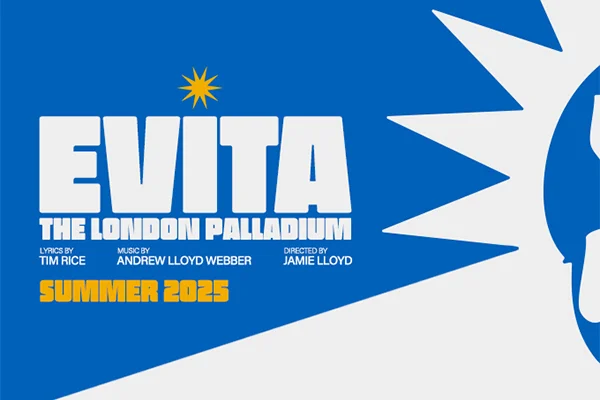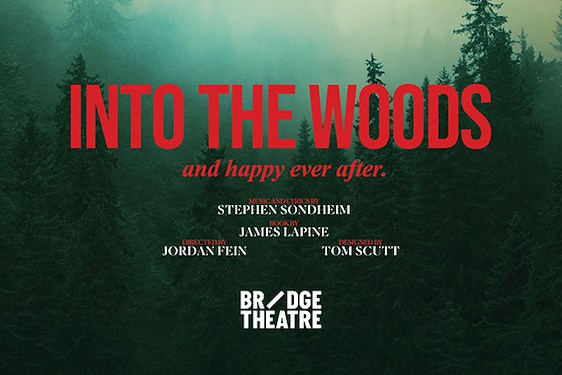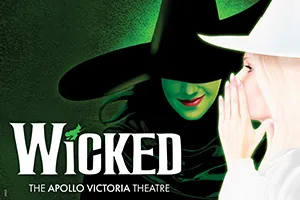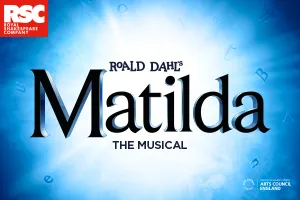Is there any seasoned theatregoer left who hasn’t yet seen The Lehman Trilogy?
There is little to compare with the quality of The Lehman Trilogy
Since opening at the National Theatre in 2018, this epic piece of theatricality has been on a near continuous transatlantic run. Over six years (bar the mandatory Covid ‘pause’), it has ping-ponged between New York and London, with the occasional sojourn over to Sydney and San Francisco.
As Sam Mendes’ original production now returns to a London stage for the fourth time, it appears the appetite is still very much there.
Apart from a cast change – with John Heffernan, Aaron Krohn and Howard W. Overshown taking the number of actors to play the eponymous brothers up to 11 – the production hasn’t noticeably changed since 2018. Neither has my advice.
Back then I said this is a show not to miss. If, for some reason, you did, it’s about time you heeded this advice.
Bloody good theatre
In the age of the ever-dwindling attention-span, it’s surprising that so many people are willing to sit through a 3½ hour play. That’s over 200 minutes. Time in which the average Insta user would have scrolled 75 times.
And the return for your precious time investment? A play delivered primarily in the third person. A play where the characters have no emotional interaction. A play with no music, other than a gentle underscore from a single piano (played deftly by Cat Beveridge). A play that doesn’t star Tom Holland.
But even after running for six years, it seems that if you make good theatre, the audience will come. This is bloody good theatre. So come they do.
What it's not about
If you don’t work in the financial industry – even if you do – you will associate the Lehman name with a financial crash. But much like trying to match the right Tory to the right lie, we may struggle to recall what specifically happened at Lehman’s.
(“Wasn’t Nick Leeson part of Lehman’s downfall?” asked my guest at press night. He wasn’t. That was Barings. 15 years earlier.)
The collapse of Lehman Brothers brought subprime mortgage lending to the fore. If you want to learn more about this, read A Colossal Failure of Common Sense by Lawrence G. McDonald and Patrick Robinson. The play ends just before the crash begins.
This was in 2008. By that time, the institution was Lehman in name only. The Lehman Trilogy is about the family. The timings don’t correlate. Nonetheless, this knowledge of what was to come affects our view. It underlines every decision being made, every action taken, by every Lehman male: grandfather, father, and son.
A motor-powered rolodex
Starting from the moment the first brother arrives in the US in 1844, 150 years fly by like the cards in a motor-powered rolodex. As they ‘live to work’, the Lehmans may be protected, or removed, from the rest of the world. They are visibly trapped inside designer Es Devlin’s imposing glass box of a set. The box rotates – sometimes at speed – moving through both time and place. Encased by Luke Hall’s grand cinematic projections, we travel between Alabama and Wall Street, crossing from reality to nightmare.
The pace never lets up for the three hours. Family and business grow, extra layers that magnetically keep things together and force them apart.
If the story centred around another family, it would play as a saccharine tale of inspiration. Some would look to it as (fictionalised) proof of the American Dream. Success would seem the deserved reward for drive and ambition.
But it isn’t another family. We already know the ending after the ending. And so we question. When does drive become tyranny? When does ambition give way to greed?
Testosterone-fuelled
Watching now, I was struck by the production's masculinity. There’s something testosterone-fuelled in Mendes’ direction: it’s big and it’s bold. The imposing glass box has a clinical metallic shine and sharp geometric edges: a style you may see on an executive toy in a Canary Wharf manpad.
The third-person narrative – poetic at times, but not enough to jar – leaves the script devoid of dialogue, empty of emotion. Its emphasis on the what, not the how or why, could be a (male) CEO’s end-of-year executive summary.
And of course, we can't escape the all-male cast. Each actor plays multiple roles, covering supporting characters, big and small. Noticeably, the females – wives, girlfriends, second fiddles all – are brought to life with little more than amusing, but stereotyped, signifiers.
But that may be intellectualising after the fact. As could be the more recent argument that the story glosses over the sexism, racism, and slave ownership of the brothers. Whilst these things are important in historical learning, are they imperative to the storytelling here?
The play doesn’t hero-worship the Lehmans. Nor does it demonise them. It plays without judgement and leaves you to make your own.
Quality shines through
That said, perhaps it is now time for this production to take a break. Much has happened in six years. Though it may be no more than a wink next to the 70-year run of The Mousetrap, to compare the two plays would be like judging an apple against an aardvark.
I don’t believe anyone could have predicted the success that has been enjoyed by The Lehman Trilogy. It shows that, no matter what the subject, quality will always shine through. And there is little to compare with the quality of The Lehman Trilogy.


















